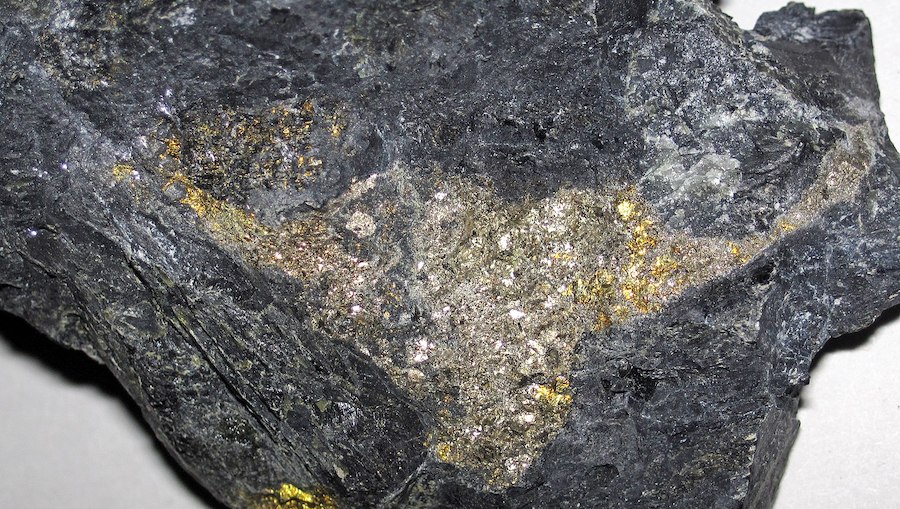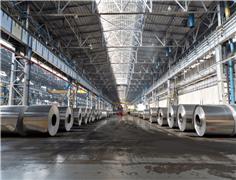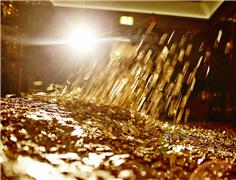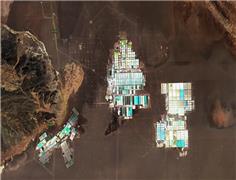- Write by:
-
Wednesday, April 19, 2023 - 22:31:36
-
168 Visit
-
Print

Mining News Pro - Recent findings by researchers at the Tokyo University of Science have the potential to serve as a guideline for the design of future high-activity, high-performance platinum catalysts for use in polymer electrolyte fuel cells (PEFCs).
In a paper published in the journal Nanoscale, the scientists explain that PEFCs are excellent sources of clean energy. However, the devices are expensive to make and operate, primarily because of the large amount of platinum that they require.
Platinum is not only an expensive metal but also occurs in limited amounts, which means that to make PEFCs truly sustainable, it is crucial to reduce the amount of Pt that they contain.
At present, PEFCs use cathodes made with Pt nanoparticles (NPs) that are supported on carbon black (Pt NPs/CB). Yet, recent research has indicated that Pt nanoclusters (Pt NCs) have higher oxygen reduction reaction (ORR) activity than Pt NPs. In other words, platinum nanoclusters have higher performance.
Knowing this but not necessarily the reason why the Pt nanoclusters perform better, a team led by Yuichi Negishi developed a novel Pt NC that exhibits 2.1 times higher oxygen reduction reaction activity than commercial Pt NPs and elucidated the origin of its high activity.
“In our study, we focused on Pt NCs derived from a Pt, carbon carboxylate (CO), and triphenylphosphine (PPh3) base,” Negishi said in a media statement. “We recently showed that these Pt NCs, unlike others, are stable in air. We then performed density functional theory (DFT) calculations to reveal the reason for its remarkable activity.”
The researcher and his group prepared the Pt NCs by the adsorption of [Pt17(CO)12(PPh3)8]z onto carbon black, followed by a calcination reaction. They then compared its performance to conventional Pt NPs/CB using a technique called linear sweep voltammetry.
They found that the novel Pt nanoclusters had higher performance than the Pt nanoparticles/carbon black. Notably, at 0.9 volts, the Pt NCs had 2.1 times higher activity than the Pt NPs/CB. They also found that increasing Pt loading in the electrode leads to an increase in its mass activity and that the platinum nanoclusters had higher durability than the commercial Pt NPs/CB.
Next, to elucidate the origins of its high activity, they performed density functional theory calculations.
“Our calculations suggest that the high ORR activity of the novel Pt NCs is due to the surface Pt atoms, which have an electronic structure that is suitable for the progress of ORR,” Negishi said.
Short Link:
https://www.miningnews.ir/En/News/622844

Anglo American Plc said it is has received an unsolicited non-binding combination proposal from BHP Group.

China’s Zhaojin Mining Industry said on Wednesday that its A$733 million ($477.8 million) offer to buy Australia’s ...

Toronto-listed miner OceanaGold Corp said on Wednesday it will raise 6.08 billion pesos ($106 million) through an ...

Gold’s record-setting rally this year has puzzled market watchers as bullion has roared higher despite headwinds that ...

The London Metal Exchange is imposing new rules surrounding the movement of metal in its warehousing network, taking aim ...

AbraSilver Resource said on Monday it has received investments from both Kinross Gold and Central Puerto, Argentina’s ...

Gold took a tumble as haven demand waned after geopolitical tensions eased in the Middle East.

A Russian arbitration court ruled on Monday that four units of Swiss commodities trader Glencore will pay more than 11.4 ...

The four largest indigenous communities in Chile’s Atacama salt flat suspended dialogue with state-run copper giant ...
No comments have been posted yet ...